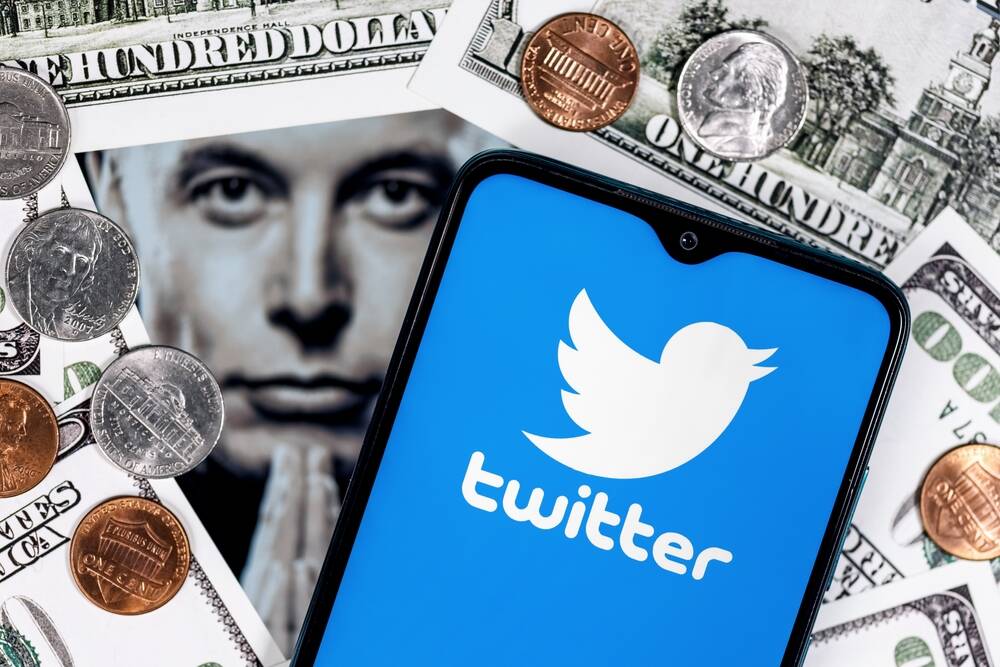X Tries To Win Back Advertisers With Brand Safety Promises

The site formerly known as Twitter is trying yet again to lure advertisers back, this time with a series of brand safety concessions that allow the source of most the company's revenues to "curate the context" in which their ads appear.
Yesterday, X's current head of brand safety Élyana Thierry announced several new "brand safety" features that she said "will work together to unlock an extended level of adjacency protection for X advertisers."
Thierry said X is extending its agreement with brand safety firm Integral Ad Sciences (IAS), which the company worked with earlier this year to develop a pre-bid adjacency control system designed to give advertisers preference over what tweets, er – posts, their content appears next to.
While claiming that the previous initiative helped X advertisers "avoid adjacency to undesired keywords and handles with more than a 99 percent efficacy rate," Thierry said X's extended partnership with IAS would add "premium, vetted inventory" that conforms to the Global Alliance for Responsible Media's Safety and Suitability Framework [PDF].
This is described by the Alliance - comprised of marketers, media agencies, media platforms, tech companies, and industry associations - as a "standardized framework to help identify and address potential harmful content online and through social media."
In addition to the expanded IAS partnership, X is also going to begin testing "sensitivity settings" that will allow advertisers to toggle between three modes that will "help brands establish the right balance between reach and suitability," Thierry wrote.
Sensitivity settings will be automated and are designed to prevent ads being served alongside various types of objectionable content. Targeted hate speech and explicit sexual content adjacency is prevented on all levels, with gore, profanity, spam, drugs and the rather broad category of "obscenity" filtered out at higher sensitivity levels.
X says it has built "an automated, industry-standard blocklist" to prevent ads from appearing next to unsafe keywords on its dual home timelines.
It's worth noting that none of these features come with an official release date. The closest deadline are for the sensitivity settings, which Thierry wrote will be available "in the coming weeks." We asked X for clarification on the timelines for the new brand safety features.
Don't make Elon beg
X's loss of Twitter's ad revenue, which was just keeping the company afloat before Musk's takeover, has been well documented.
Two months after Musk's forced Twitter takeover it was reported that advertising revenue had dropped precipitously, triggering Musk to offer spend matching for advertisers that paid at least $500,000 to advertise on the site.
By April, the Twitter owner and then-CEO told now-CEO Linda Yaccarino that the bird site wanted advertisers back, but told them not to make demands of the site in the process. Yaccarino ended up taking over as Twitter CEO less than two months later, weeks earlier than initially planned after resignations from Twitter's trust and safety, brand safety and ad quality teams.
The beginning of Yaccarino's tenure coincided with reports from the New York Times that Twitter's ad revenue was down by 59 percent year over year in the first week of May, something Musk ended up admitting in July.
Late last month, after the re-brand, X tried again to win back advertisers with ad discounts that came alongside threats to pull gold checkmarks (X's verification mark for businesses) for those that didn't spend enough.
Nevermind the negative cash flow – let's keep paying users
X is continuing down its path of paying creators on the platform a share of their ad revenues, with several smaller-scale Xweeters saying this week that they've started seeing payouts in the hundreds of dollars.
- Twitter ad revenue has halved since Elon Musk took over
- We will find you and we will sue you, Twitter tells 4 mystery alleged data-scrapers
- We'd pay good money to see... oh dear, Elon Musk 'needs an MRI scan'
- How to spot OpenAI's crawler bot and stop it slurping sites for training data
One such X user, YouTuber Roberto Blake, said he made $307.891725 (X appears to have failed to round payouts for multiple posters) – roughly one-tenth of what he earns on YouTube despite an order of magnitude more impressions on Twitter.
Of course, that doesn't mean there aren't problems with how X creators earn money from the platform. Blake said in his X thread that it's hard to determine how many impressions actually contributed to the payout, and that "analytics need to improve."
In addition, Blake said X creators don't have any control over what ads are served alongside their content, unlike the new features advertisers will have access to – eventually, anyway. ®
From Chip War To Cloud War: The Next Frontier In Global Tech Competition
The global chip war, characterized by intense competition among nations and corporations for supremacy in semiconductor ... Read more
The High Stakes Of Tech Regulation: Security Risks And Market Dynamics
The influence of tech giants in the global economy continues to grow, raising crucial questions about how to balance sec... Read more
The Tyranny Of Instagram Interiors: Why It's Time To Break Free From Algorithm-Driven Aesthetics
Instagram has become a dominant force in shaping interior design trends, offering a seemingly endless stream of inspirat... Read more
The Data Crunch In AI: Strategies For Sustainability
Exploring solutions to the imminent exhaustion of internet data for AI training.As the artificial intelligence (AI) indu... Read more
Google Abandons Four-Year Effort To Remove Cookies From Chrome Browser
After four years of dedicated effort, Google has decided to abandon its plan to remove third-party cookies from its Chro... Read more
LinkedIn Embraces AI And Gamification To Drive User Engagement And Revenue
In an effort to tackle slowing revenue growth and enhance user engagement, LinkedIn is turning to artificial intelligenc... Read more

